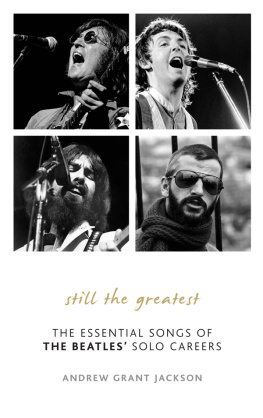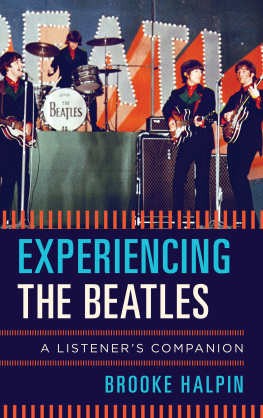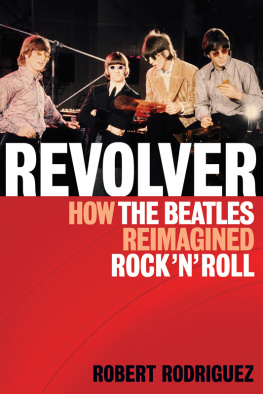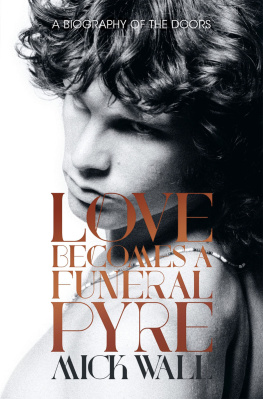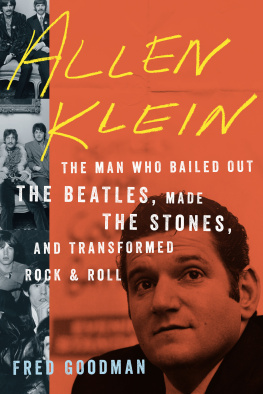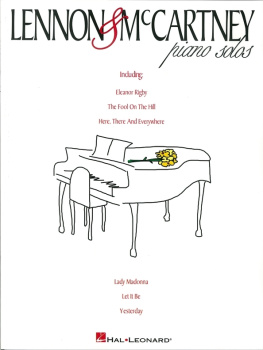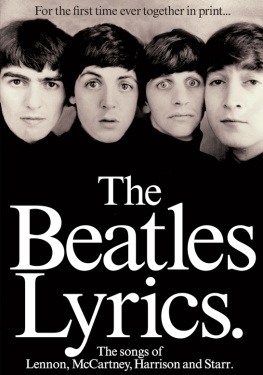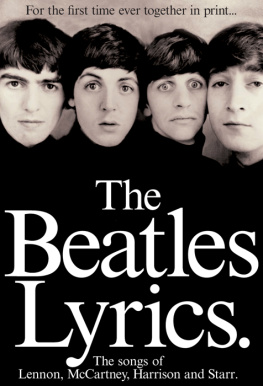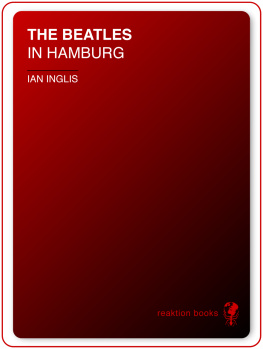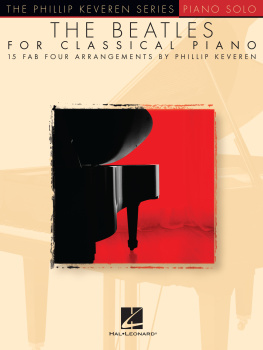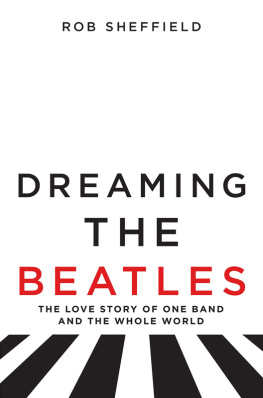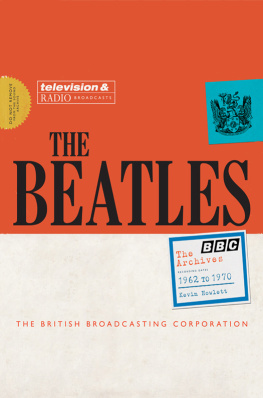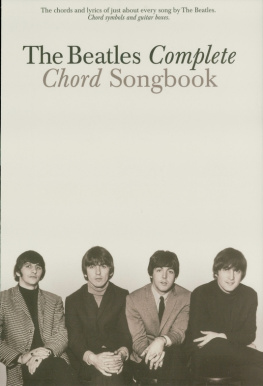FROM LIVERPOOL TO HAMBURG
You see, we wanted to be bigger than Elvis.
John Lennon
O n an autumn evening in 1960, a twenty-two-year-old graphic designer named Klaus Voormann quarreled with his girlfriend. The place was Hamburg, West Germany. Though heavily bombed as a vital port city during the war, it now boasted a thriving red-light district known locally as the Reeperbahn. Nothing in Klaus comfortably middle-class background as a doctors son and an art student would have familiarized him with the sin strip. But now, in a foul mood, he decided to have a beer in one of the lowlife locales numerous watering holes.
Lacking any particular destination, he was drawn to a club called the Kaiserkeller. From where he stood on the sidewalk, the racket passing as music emitting from the premises was like catnip to a feline. As an exione of an artsy crowd of young existentialistsKlaus had no familiarity with rock and roll, being more of a jazz fan. But the sound enthralled him and, against any instincts of caution, he ventured in.
The art crowd avoided the Reeperbahn generally and the dockside clubs specifically, given their reputation for casual violence between transient sailors and the underworld types who populated the area. But once inside, Klaus was transfixed by the act onstage. The group may have struck him as an alien life form: They werent merely English boys, but Liverpudlians besides. Cranking out American rock and roll by the likes of Chuck Berry, Eddie Cochran, and Buddy Holly, the group onstageRory Storm and the Hurricanesfeatured a lanky, athletic singer as a front man and a sad-faced, bearded drummer. As Klaus later learned, Ringo Starr, as the latter was known, was actually a happy-go-lucky charmer as well as a percussive powerhouse.

On Saturday, July 6, 1957, the Quarry Men played two sets at the Woolton Parish Garden Fete. Hours after this photo was taken, sixteen-year-old John Lennon was introduced to fifteen-year-old Paul McCartney. With that, the 1960s began to take shape.
Klaus took a seat at a table near the stage, sharing it with five youths clad in black-and-white-checked jackets. Their look fascinated him, but no more so than the sound they produced upon taking the stage following the Hurricanes set. They called themselves the Beatlesa funny name, Klaus thought, with its sonic similarity to German schoolboy slang for the male member. Sporting greased hair piled high atop their heads, they cranked out tunes such as Sweet Little Sixteen and Everybodys Trying to Be My Baby with abandon, projecting a nothing-left-to-lose vibe, which, in fact, was entirely fitting.

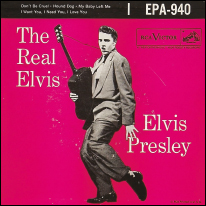
Skiffle singer Lonnie Donegan inspired a generation of British children to pick up an instrument to play songs like the ones on this collection. But it was a twenty-one-year-old Memphis truck driver named Elvis Presley who taught the world how to rock with such offerings as this 1956 EP.
The Beatlesconsisting of guitarists John Lennon, Paul McCartney, and George Harrison, as well as drummer Pete Best and novice bass player Stuart Sutcliffehad landed from across the sea two months earlier. Their manager, a Liverpool club owner and booking agent named Alan Williams, had made an arrangement with German promoter Bruno Koschmider to supply him with authentic English groups for his clubs, which included the Kaiserkeller and the less prestigious Indra Club. Derry and the Seniors arrived earlier that summer, representing some of Liverpools topflight club circuit talent. The Beatles, on the other hand, were ranked rather poorly by their peers and only got the booking after Rory Storm turned down the offer.

Seen onstage in the Rainbow Room of the Casbah Club on August 29, 1959, the Quarry Men, with Paul at the mic, entertain a crowd that includes the future Mrs. John Lennon, Cynthia Powell (center).
John Lennon, Paul McCartney, and George Harrison had been playing together since 1958, beginning as a ragtag skiffle outfit dubbed the Quarry Men by John. Like thousands of English teens, he had been inspired to pick up an instrument after the phenomenal success of Lonnie Donegan, purveyor of a hybrid of American blues, country, and folk filtered through an English sensibility. This genre of music was dubbed skiffle.
With traditional songs like Rock Island Line and Cumberland Gap among the standard repertoire, skiffle became a left field craze in pre-Elvis Britain in 1956. What made the music appealing to the countrys youth was the do-it-yourself ethos. As a genre, skiffle eschewed traditional musicianship and, in fact, was often performed using household objects, such as a washboard played with finger thimbles scratching out a primitive rhythm. As such, it appealed to those lacking any real ability or an expensive instrument.

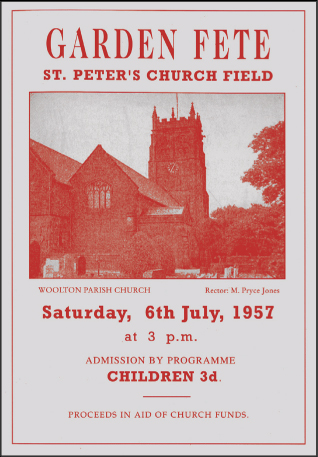
During their first year, the Quarry Men played mostly parties and the occasional dance. The day that John and Paul meton July 6, 1957, at Woolton Parish Church in Liverpoolrepresented their most prestigious booking to date.
Fifteen-year-old John was bowled over by the sound and, with the help of his musically inclined mother, began picking up some modest instrumental skillsmainly banjo chordings, since Julia Lennon did not own a guitar. But it was the reservations of his stern caregiver, Mimi Smith (Julias elder sister), that John really needed to overcome. At the age of five, John had been placed into the stable domesticity of his aunt and uncles home, as his mothers rather bohemian lifestyle was judged by Mimi to be too detrimental to serious childrearing. Once John had worn down his aunts resistance, he acquired a cheap guitar that opened a world of self-expression possibilities. However, Mimi was always quick to remind him, A guitars all right, John, but youll never earn your living with it.
The Quarry Men, so named because its original lineup was drawn from students of Liverpools Quarry Bank High School, was comprised chiefly of Lennon and his school friends, none of whom possessed any particular musical ability. Still, from their origins in early 1957 through the summer, they had managed to secure a few bookings at parties and street fairs. The biggest event came on a summer Saturday in July: two sets at St. Peters Church in Woolton. As part of the annual fete, the group competed for attendees attention alongside a police dog display and the crowning of the Rose Queen.
Present for the festivities was a classmate named Ivan Vaughan. He had brought along a musically inclined mate, fifteen-year-old James Paul McCartney, known to all by his middle name. In the months since his mother succumbed to breast cancer the previous autumn, Paul had thrown himself into an obsessive drive to master the guitar, taking the instrument everywhere while keenly studying American rock and roll singles. Like John by this time, he too had fallen under the spell of the cultural tsunami that was Elvis Presley. Though both youths had individually enjoyed the musical breakthrough that was Rock Around the Clock, its creator, Bill Haley, was a rather uninspiring figure. Elvis, on the other hand, was a dynamo, possessing the look, the act, and the sound that had turned youth culture on its ear. (An added attraction was the subversive element, as the singers hypersexual performing style stirred outrage in certain quartersan irresistible quality to any adolescent.)


